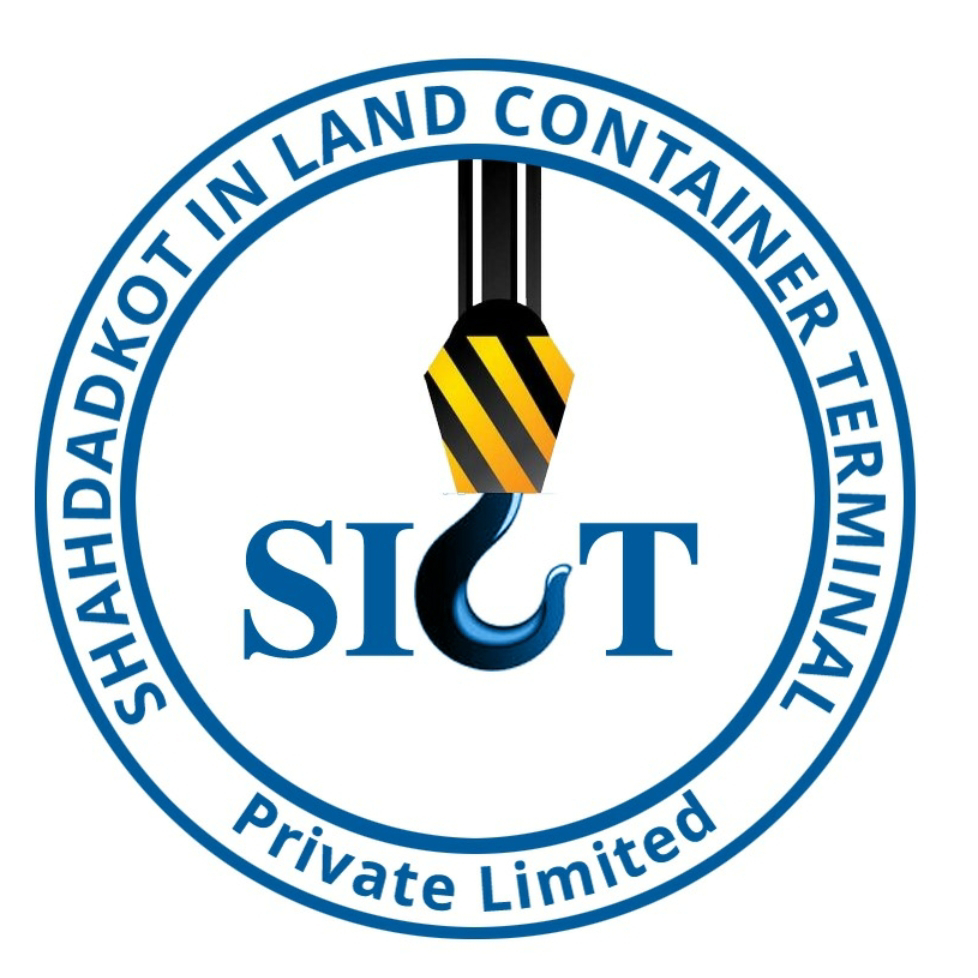Perspective: New Year, New Logistics Efficiencies
As the year comes to a close, it’s a natural time for companies to look at what worked in 2019 and what didn’t, and make plans for the year ahead. This is especially true for e-commerce companies, as this is their busiest time of year. For these companies, taking a hard look at their order fulfillment workflow — and ways it might be streamlined in 2020 — is a New Year’s resolution to consider.
In particular, it’s a good time to identify specific pain points in warehousing, shipping and delivery procedures. E-commerce companies see sales multiply as the holiday season gets into full swing, and this busy stream of orders may test their existing processes — especially legacy systems that may have been in place for years.

Panzer
For example, how much time and labor are they spending on logistics procedures, such as packing and shipping? Has that time increased or stayed flat over the past few years? Have there been errors that sparked the hiring of additional manpower to double-check anything? Bottom line: Can they be more efficient?
They also must consider inventory: Is the diversity and number of items in the warehouse becoming unwieldy? Have inventory counts been accurate or off the mark?
And they need to look at customer satisfaction: Is feedback generally good, or are there complaints about wrong orders or late delivery?
In short, is now the time to consider implementing logistics technology to replace manual processes?
Moving Away From Manual
Many companies rely on manual processes such as spreadsheets and checklists to pick, pack and ship items from their warehouses. However, if companies find that they frequently have errors, or that they are spending too much time and labor on these tasks, they may consider automating parts of that process.
Automated warehouse solutions can utilize bar code-based mobile scanning devices that ensure the correct item and quantity is selected off the warehouse shelf. This technology also can eliminate errors that come from manual data entry and ensure that inventory counts are correct without relying on manual recounts.
Logistics technology also can save time by creating the most efficient picking paths, which minimize walking distance in warehouses for employees. Because automated picking simplifies the process for the worker, new workers can be trained quickly and hit the ground running — an important factor during seasonal peaks when temporary staff may be brought in to help and time is of the essence.
Automating Shipping Procedures
Companies that worry about efficiency in shipping as well as customer complaints may choose to automate some of their shipping procedures. Thanks to service titans such as Amazon.com, today’s consumer has been conditioned to expect fast, inexpensive and convenient delivery. Unfortunately, this expectation means that, as online retailers scale upward and order volumes steadily increase, shipping can become a major cost center, as well as spark customer complaints if something goes awry.
Companies can use cloud-based shipping applications, which provide a platform to automate numerous manual parcel, freight and less-than-truckload shipping tasks. These systems can help companies compare shipping rates and delivery options among multiple carriers, leverage discounted carrier rates, generate and print shipping labels, send customer confirmations, track shipments and streamline the returns process.
Companies also can use automation rules to create repeatable best-practice shipping rules. With automation, for example, companies can preset rules for packages of a set shipment weight, service, packaging and other aspects. Companies can rate shop and automatically ship via the lowest cost option among a number of carriers or find the lowest cost for a certain delivery commitment.
Scaling Last-Mile Delivery
For companies that provide last-mile delivery — for example, delivery of furniture to homes — logistics technology also may help with pain points in efficiency and customer service.
Route optimization technology helps drive efficiencies through delivery operations. By replacing traditional paper-based route planning with logistics technology, e-commerce retailers can plan deliveries, optimize routes, and communicate with drivers and customers in real time, and in a completely paperless environment, to deliver a high level of customer service efficiently and profitably. It also can allow companies to organize value-added service, such as setup or installation of products such as furniture.
Logistics solutions also can provide real-time visibility into delivery operations: Dispatchers can proactively respond to service disruptions or delays and immediately adjust a driver’s schedule accordingly, customer service representatives can resolve issues more effectively, and customers can receive notification of pending delays and updated estimated times of arrival.
For companies that are looking to improve their efficiency and service, the end of the year brings opportunity to consider what tools will best serve their goals. By drilling down on specific pain points, companies can make evidence-based decisions on where they can be saying “out with the old, and in with the new.”
Johannes Panzer is the head of industry solutions for e-commerce at Descartes Systems Group. He has 15-plus years of experience working in e-commerce.



Comments
Post a Comment